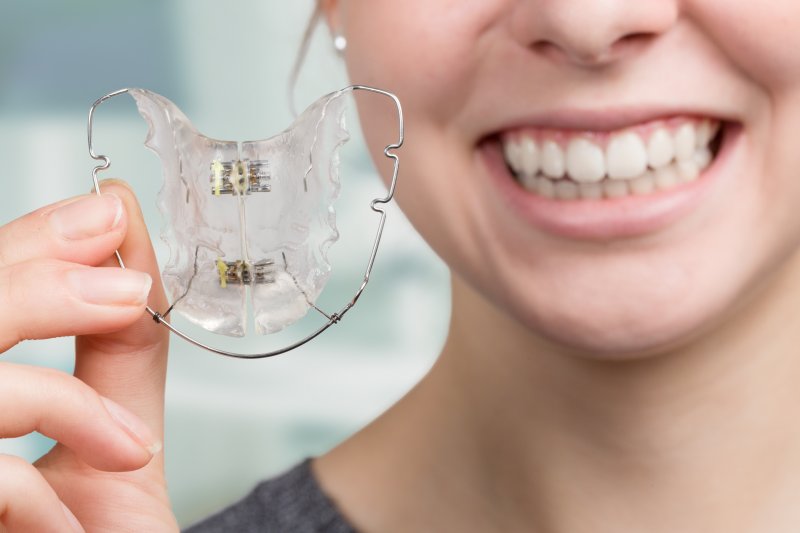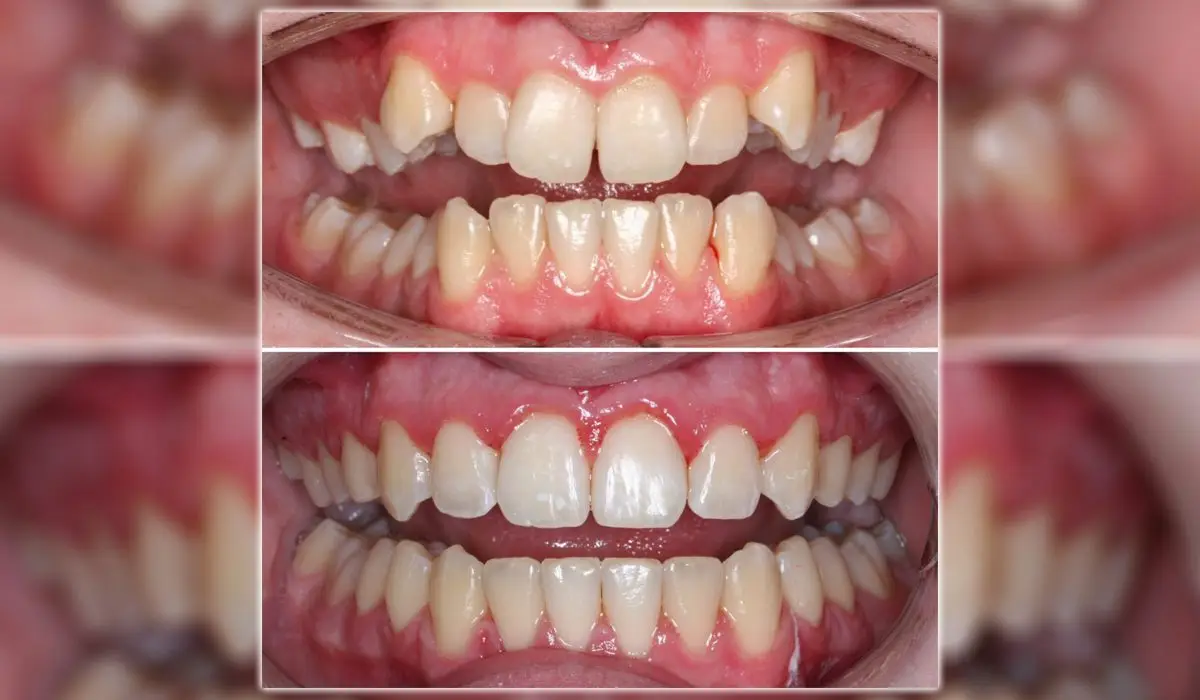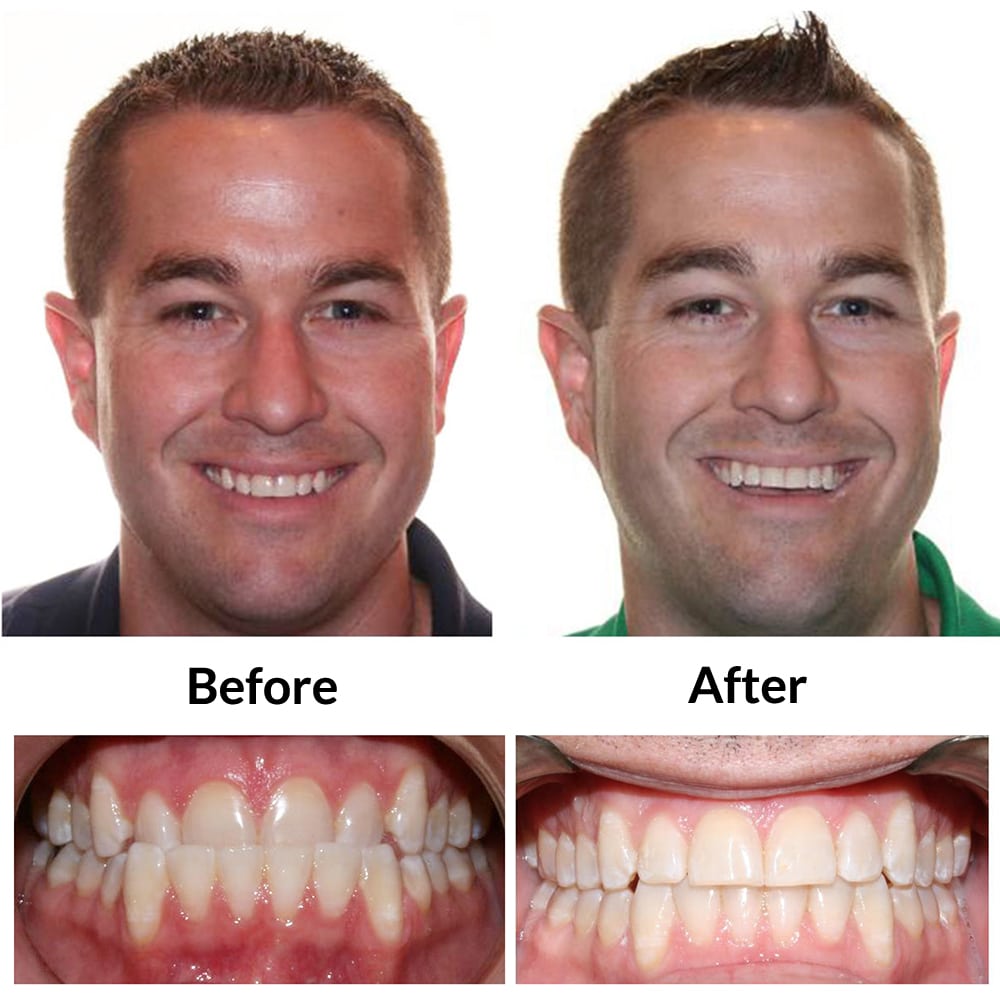How Invisalign Functions: Your Guide to Clear Aligners and Their Effectiveness
Invisalign vs. Traditional Braces: Which Option Is Right for You?
When considering orthodontic therapy, the choice between Invisalign and conventional dental braces provides numerous crucial variables that warrant careful examination. Invisalign offers a very discreet choice with detachable aligners, while conventional braces provide a much more visible yet reliable option for extreme misalignment. Each alternative encompasses distinct advantages and downsides connected to aesthetic appeals, comfort, therapy duration, and price. Comprehending these nuances is vital for making a notified choice that lines up with your individual choices and lifestyle. The question continues to be: which option will ideal fulfill your orthodontic demands and expectations?
Introduction of Treatment Alternatives

In contrast, typical dental braces include metal brackets and cords that are adhered to the teeth. This approach uses constant pressure with time to accomplish placement. While effective for complicated orthodontic issues, conventional braces call for normal check outs for adjustments and can present obstacles in preserving dental hygiene as a result of the problem of cleaning about wires and brackets.
Both choices have their advantages, and the choice typically hinges on certain oral problems, way of life choices, and person conformity. Ultimately, getting in touch with an orthodontic expert is crucial for figuring out the most suitable treatment plan customized to individual demands. Understanding the subtleties of each option can dramatically influence the overall success of orthodontic therapy.
Aesthetic Considerations
A significant aspect influencing the choice between Invisalign and standard braces is the visual charm each therapy offers. Invisalign aligners are crafted from clear plastic, making them virtually unseen when put on. This very discreet look is especially interesting adults and teenagers that might feel uncomfortable concerning their orthodontic treatment. The capability to maintain an all-natural smile throughout the positioning procedure can dramatically enhance the individual's confidence in social and professional settings.
In contrast, standard dental braces consist of metal braces and cables, which can be more noticeable. While developments in orthodontic modern technology have actually caused the advancement of smaller braces and tinted elastics, conventional dental braces still keep a more conspicuous account. For some people, the presence of dental braces may discourage them from seeking needed therapy.
Eventually, the choice between Invisalign and standard braces may hinge on personal preferences relating to looks. Patients that prioritize discernment commonly favor Invisalign, while those who are much less concerned concerning exposure may choose conventional dental braces. Recognizing the aesthetic ramifications of each option is vital for making a notified choice that lines up with one's way of living and choices.
Comfort and Convenience

In regards to comfort, Invisalign aligners are removable, allowing patients to appreciate their preferred foods without limitation and keep optimal oral hygiene. Brushing and flossing are streamlined, as the aligners can be taken out during these routines, whereas typical dental braces require mindful maneuvering around cords and braces.
In contrast, traditional braces necessitate routine modifications, making them less convenient for those with active schedules. In general, the comfort and benefit of Invisalign make it an appealing choice for many individuals looking for orthodontic therapy.
Treatment Duration and Efficiency
While both Invisalign and traditional braces are reliable in fixing dental misalignments, the period of therapy can differ considerably between both alternatives. Typically, Invisalign treatment can take anywhere from 12 to 18 months, relying on the complexity of the situation. The clear aligners work by slowly moving teeth into their preferred positions, and normal follow-ups with an orthodontist help guarantee progression continues to be on course.
In comparison, traditional braces frequently need a longer dedication, generally varying from 18 months to 3 years. This is due to their set nature and using braces and wires, which visit can be a lot more effective for extreme imbalances and complicated situations (Invisalign). The therapy efficiency of conventional braces is well-documented, as they permit accurate adjustments and better control over tooth motion
Ultimately, the selection in between Invisalign and standard braces might pivot on both the anticipated treatment period and the specific oral problems handy. Consulting with an orthodontist is critical, as they can give tailored suggestions based on specific needs, ensuring the selected technique straightens with look at this website wanted durations and outcomes.
Cost Contrast and Insurance Coverage Alternatives
Price plays a significant role in the decision-making process for individuals considering orthodontic treatment, whether choosing Invisalign or standard braces. On standard, the cost of Invisalign arrays from $3,000 to $8,000, while standard dental braces generally set you back between $2,000 and $6,000. Factors affecting these costs include the intricacy of the instance, the duration of treatment, and geographical location.
Lots of dental insurance policy strategies offer partial insurance coverage for orthodontic therapies, yet the specifics can differ commonly. Typically, typical dental braces might be a lot more regularly covered by insurance policy plans contrasted to Invisalign, which some insurance providers classify as a cosmetic treatment.
In addition, a number of orthodontic practices use flexible settlement strategies, making both therapy alternatives extra easily accessible. Individuals must inquire regarding possible funding options and discount rates for upfront settlements. Examining the total cost, including insurance advantages and layaway plan, is necessary for making an informed decision that lines up with both aesthetic choices and budget considerations.

Final Thought
In summary, the selection in between Invisalign and typical braces rests on several factors, consisting of aesthetic preferences, convenience, treatment duration, and price. Invisalign uses a discreet, removable alternative that facilitates dental hygiene and dietary adaptability, while conventional braces might be extra suitable for complex oral issues and commonly come with a lower price point. Ultimately, assessment with an orthodontist is important to assess private circumstances and establish the most appropriate therapy option for accomplishing optimum oral positioning.
When considering orthodontic treatment, the selection in between Invisalign and traditional braces provides a number of essential factors that merit careful evaluation.Comparing Invisalign and traditional dental braces exposes unique therapy choices for orthodontic improvement.While both Invisalign and typical dental braces are efficient in remedying oral imbalances, the duration of official site treatment can vary dramatically in between the 2 alternatives.Price plays a substantial function in the decision-making process for individuals thinking about orthodontic therapy, whether deciding for Invisalign or conventional braces.In recap, the choice between Invisalign and standard braces hinges on multiple variables, consisting of visual choices, convenience, therapy period, and cost.